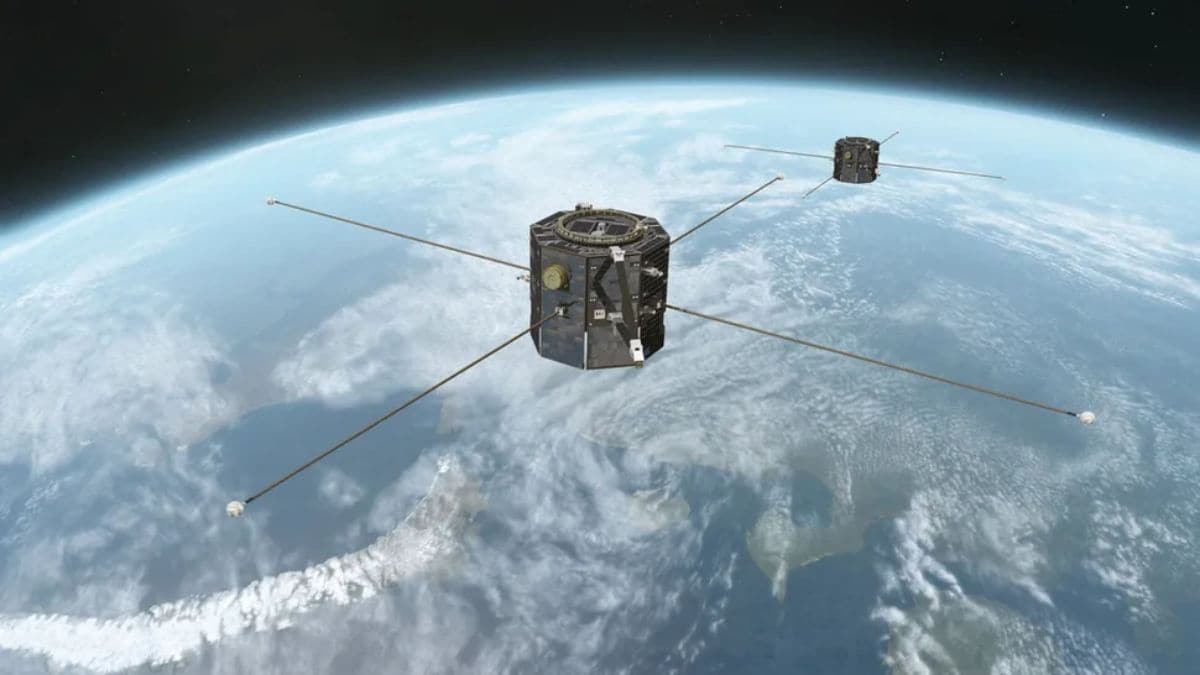NASA’s Twin TRACERS Satellites Will Monitor Space Weather to Shield Earth from Solar Storms

Two NASA satellites are scheduled to be launched into low-Earth orbit in a mission designed to do nothing less than study magnetic storms that imperil the Earth’s atmosphere, communication, and orbital systems. Travelling together in sun-synchronous orbit, the Tandem Reconnection and Cusp Electrodynamics Reconnaissance Satellites (TRACERS) will keep watch over Earth’s polar cusps — a pair of funnel-shaped regions in Earth’s magnetosphere where solar particles and energy flow in. By observing these regions, TRACERS will continue to learn how magnetic reconnection works throughout space, powering the giant explosions on the sun as well as the solar wind that spreads throughout the solar system, leading to space weather.
As per NASA’s briefing, TRACERS will explore how solar wind triggers disruptions in Earth’s magnetic field, helping researchers better predict when and where such activity might occur. The spacecraft will fly closely behind one another, allowing for nearly real-time comparison of plasma and magnetic conditions—an improvement over previous single-satellite studies. Joe Westlake, NASA’s Heliophysics Division Director, stated the mission will help protect GPS, power grids, and astronauts by enabling earlier forecasts of solar storm activity.
The mission tackles a major challenge in heliophysics, our understanding of dynamic magnetic reconnection phenomena that vary on short timescales. TRACERS dual approach also enables scientists to discern between environmental shifts due to the travelling stars or to inherent magnetic variations. “These findings are crucial for basic studies of how the Earth’s magnetosphere interacts with solar energy,” said principal investigator David Miles.
TRACERS, a spacecraft located 590 kilometers above Earth, will collaborate with other missions to observe the Sun-Earth connection from various vantage points, providing unique low-orbit data to complement broader heliophysics observations.
The $170 million TRACERS mission, set to launch later in July, has been created to bolster readiness for such solar weather and keep space-dependent modern societies resilient and safe in a space-dependent world.